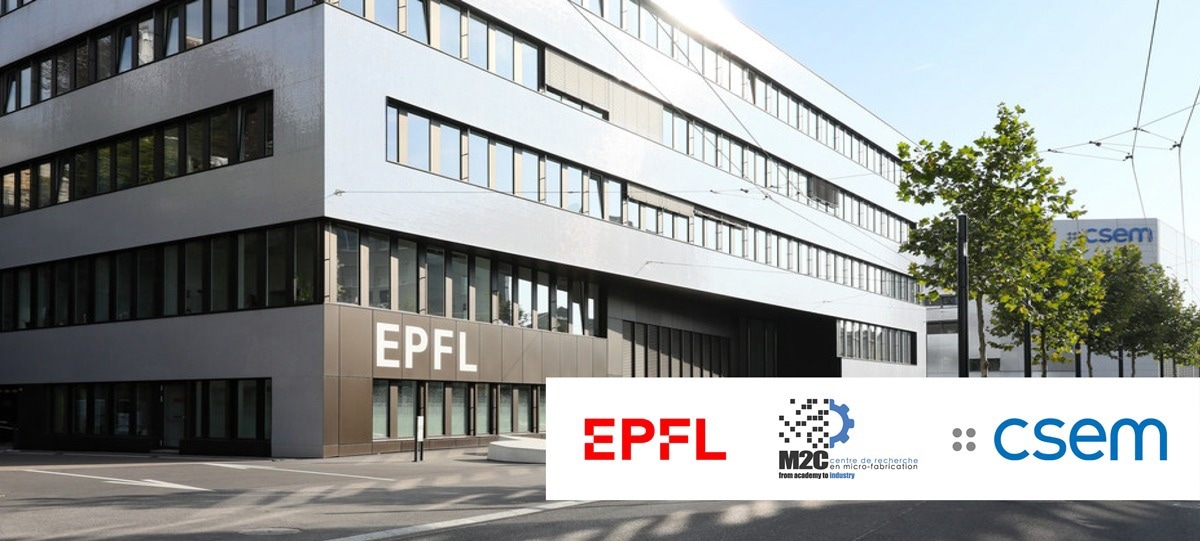From CSEMReviewed by Mychealla RiceSep 27 2022
The manufacturing industry is going through a period of profound change, driven in part by the advent of 3D printing and other advanced technologies. In order to support Swiss industry at this critical juncture, EPFL and CSEM have joined forces to create the Micromanufacturing Science & Engineering Center (M2C), a new focal point for pure research, technology transfer and everything in between.

Image Credit: CSEM
The M2C, which focuses on high-precision 3D microfabrication, will cover every step of the development process – from pure research at EPFL laboratories to the transfer of sustainable, high value-added technologies to industry under the guidance of CSEM. The new center will catalyze collaboration between academic, institutional and industrial partners, as well as serving as an education and training platform for members and users.
“3D fabrication methods are raising the bar for precision and digitization,” says Bruno Studach, the operational director of advanced manufacturing at EPFL. “These groundbreaking techniques are shifting the industrial landscape, taking us toward a future in which objects and computers are increasingly connected. Investing in these rapidly evolving fields is vital if we are to stay ahead of the global competition and remain at the forefront of innovation. The M2C was created with precisely these challenges in mind.”
Additive manufacturing, also known as 3D printing, is a technique by which objects are built up in successive layers of material. Its growing popularity can be attributed to the fact that it unleashes creative freedom and allows engineers to build complex yet lightweight and robust components. With 3D printing, every step in the process can be digitized – from design to production. Moreover, a single machine can build fundamentally different objects. The scientists and engineers at the M2C will explore ways to capitalize on new materials and production systems through design, development and testing.
Thanks to their distinctive characteristics, 3D-printed parts appeal to sectors and industries as diverse as space exploration, custom prosthetics, microfluidic devices and watchmaking. Moreover, because sensors and other technologies can be built directly into these components, they open the door to the collection of varied and precise data sets for applications such as predictive maintenance and complex system monitoring.
The M2C team will develop solutions for systems and components on scales ranging from a few microns to several dozen centimeters. The center’s work aligns with the advanced manufacturing strategic focus area of the ETH Domain.
“This multidisciplinary alliance will allow EPFL and CSEM labs to share cutting-edge facilities and work together to fast-track the adoption of new manufacturing technologies,” says Olha Sereda, the group leader in additive manufacturing at CSEM. “That means Swiss manufacturers will keep pushing the boundaries of innovation and stay competitive on the global stage.”